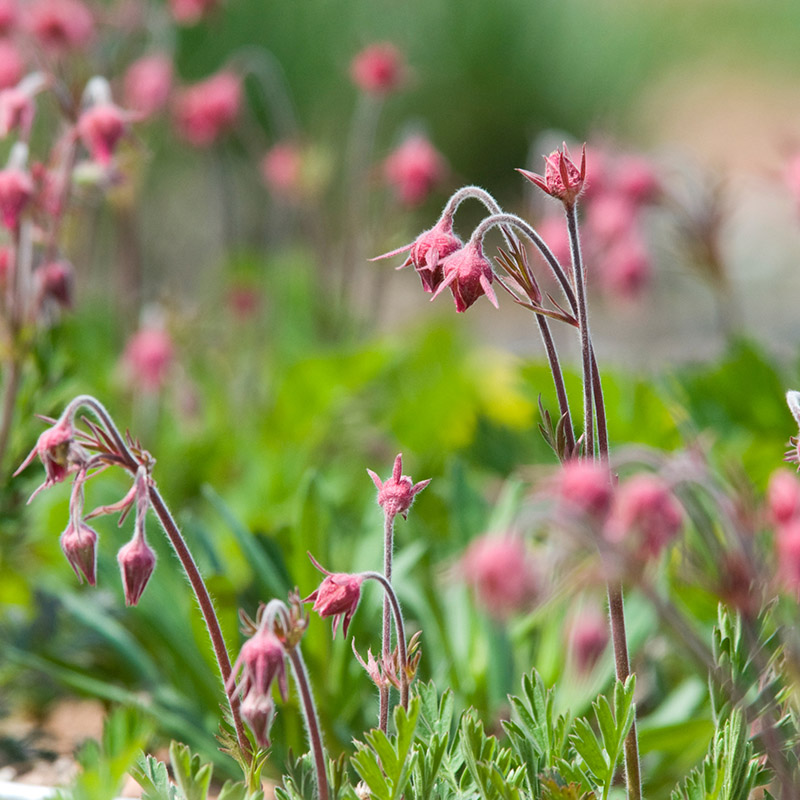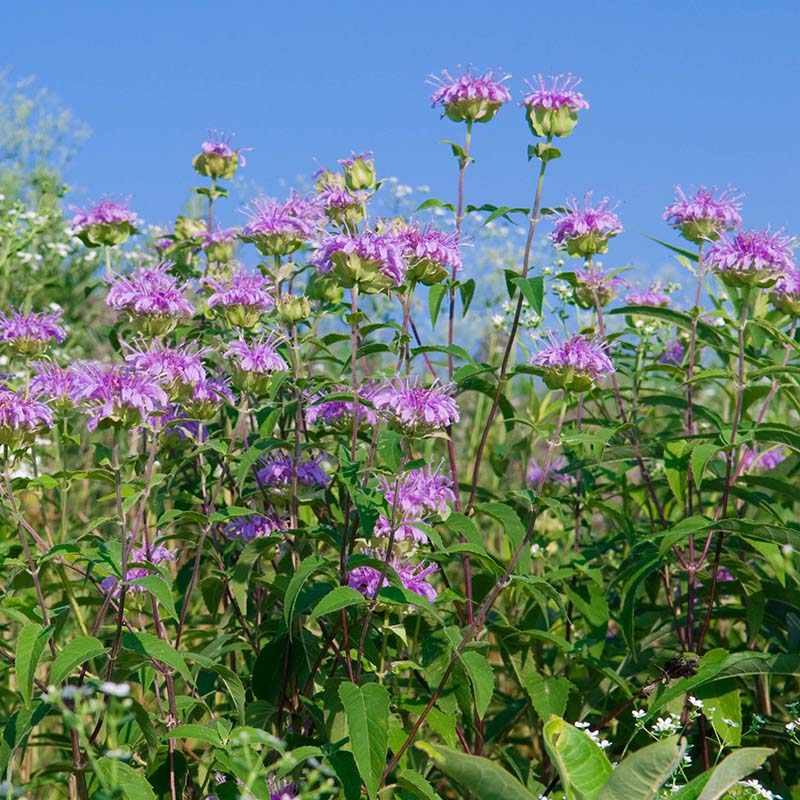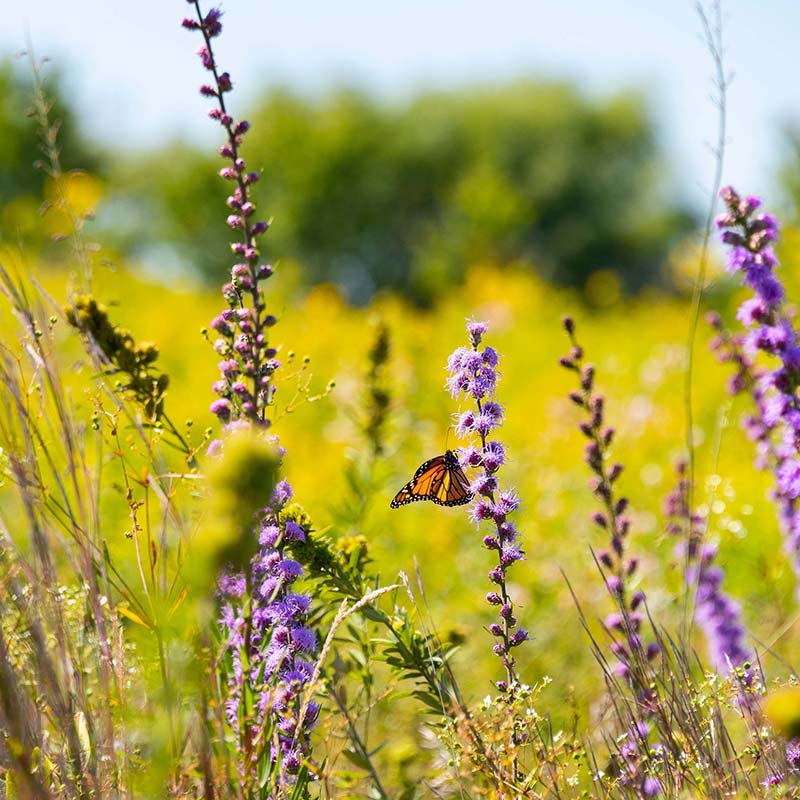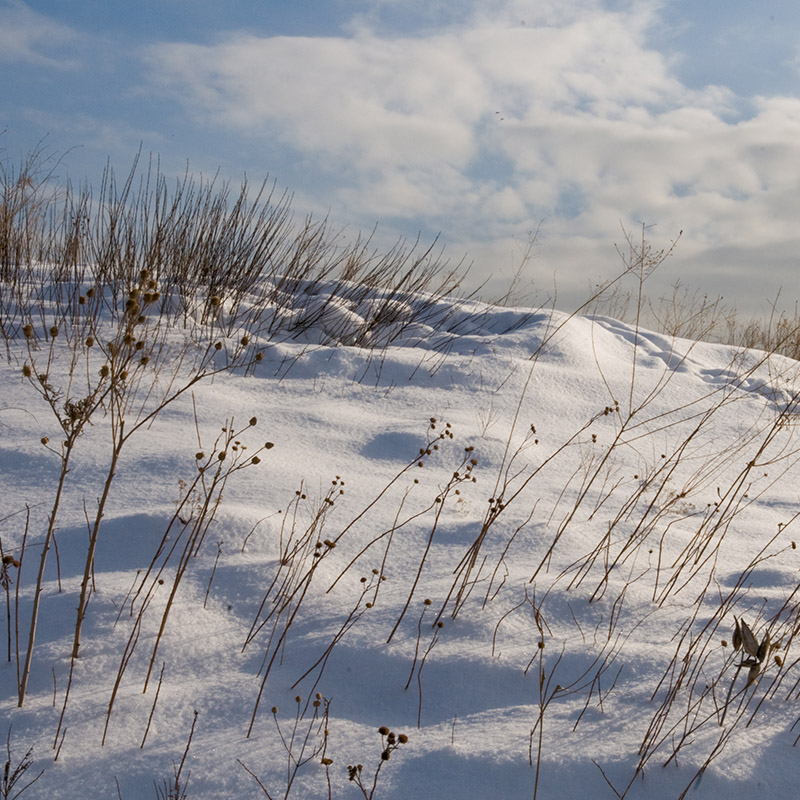In the early 1800s, the wind-swept prairies that covered Illinois would eventually give the state its nickname and identity as “the prairie state,” a place bright with wildflowers and tallgrass. Nowadays, though, less than one-tenth of 1 percent of original prairie remains in the state.
The Dixon Prairie celebrates the state’s heritage with a re-creation of six prairie types that once were common in northeastern Illinois. It’s a place that gives you a feel for what the prairies used to be like—painted lady butterflies still search for thistle nectar, and eastern kingbird still search for flying insects. Depending on the season, you might see splashes of color (in the lavender blooms of wild bergamot), waves of texture (in the big bluestem grass), or shimmering movement (from plants more than 8 feet tall). The 15-acre site features more than 250 species of native plants on an open, rolling landscape surrounded by water. The Dixon Prairie is part of the Chicago Botanic Garden’s larger plan to preserve and protect native plants, as well as grassland restorations and creations in the Midwest.





